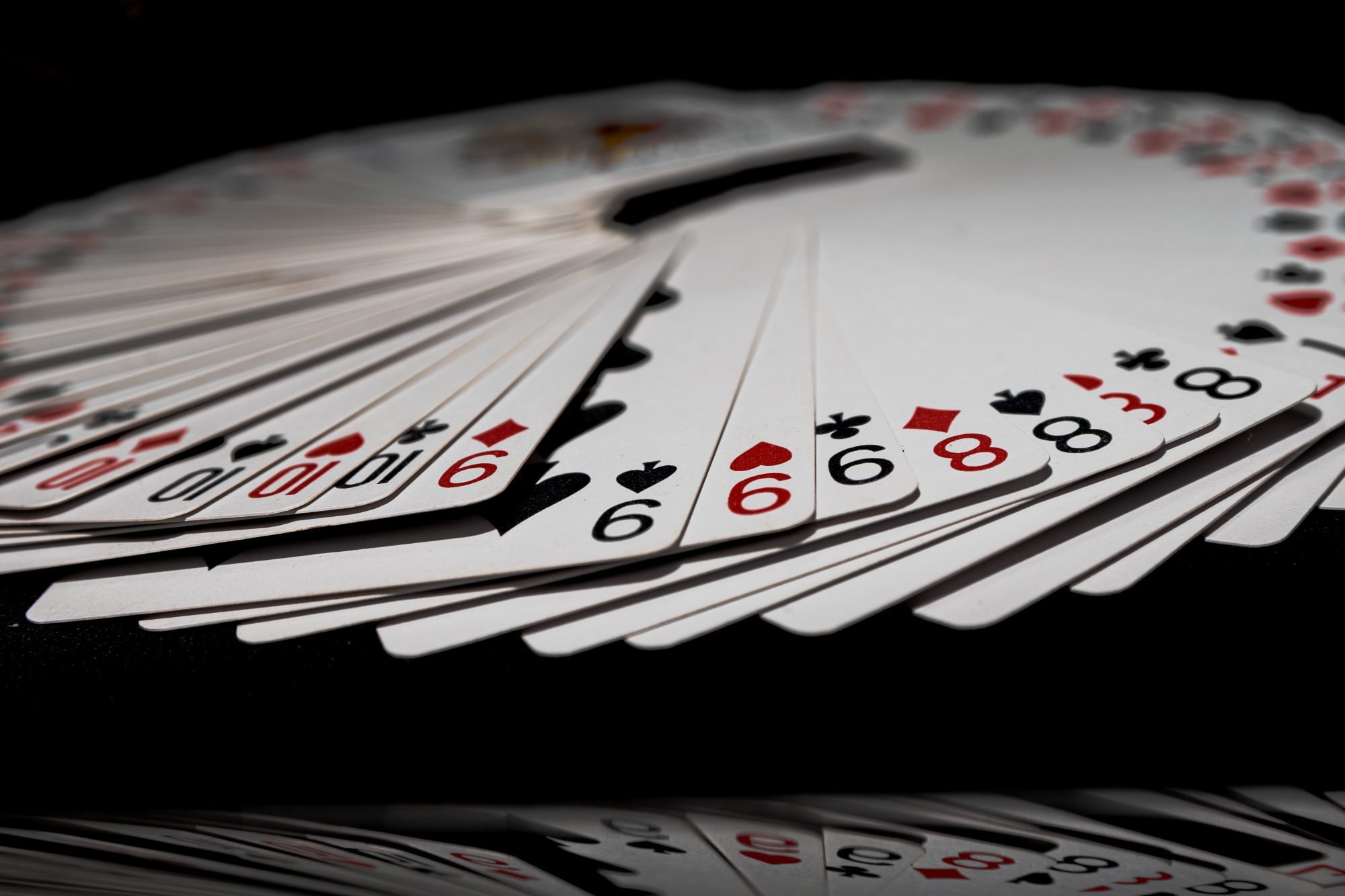A short stack approach involves bringing little money to the poker table.
While this strategy is extremely aggressive, it enables you to make a big profit. Using this tactic, it’s crucial to operate sensibly and avoid errors.
A Short Stack is used.
A small stack in poker is 20 large blinds or less. In other words, you need to hold $80 on the stack while betting $2/4. The small stack tactic uses high pocket cards and is swift and aggressive.
When the stack is little, it’s crucial to begin the battle with these hand selections:
pairs of high and medium pockets.
Queen of aces.
Royal Ace.
Jacks Ace.
10 for Ace.
A Queen of a King.
On tiny limits in the cash game, a rather successful short stack technique is said to exist. From experience, it is difficult to profit much by using this strategy. Yet, it generates a consistent profit.
Characteristics of the short stack approach
At the table, the player must accept roughly 20 blinds. To maximize your winnings from the approach, it is essential to play simultaneously on three to four tables. At the same time, only strong pocket cards should be used to start the game. The remaining poker hands should be eliminated.
In the preflop stage, you must rake back if you have high pocket cards. You should only go all-in with high pocket pairs and the Ace King hand if your opponents raise. When the stack is empty, throw away the remaining cards.
In order to force the majority of your opponents to give up, you should bet heavily before the flip. There are two methods to play the flop if some of your opponents have leveled their bets:
Fold right away if a risky flop comes up in front of you and your opponent begins aggressive play.
Try to make the most of the hand if your high cards land on the board. You may increase your wager using the check-raise strategy or by pretending to bluff.
How can I increase my wagers?
You must be able to determine the amount of your bets in order to consistently earn from the short stack technique. Here are some suggestions from the experts:
You may either go all-in or fold if your opponent raises on your wager. In no case should you match your opponent’s wager. This exposes your frailty and allows him an opportunity to bluff in subsequent trade rounds.
Make a stake equal to four times the blind when the preflop is your initial wager.
Make a conventional raise of 4 and add one extra blind to that bet for each player in the hand if there is already a bet in front of you. That instance, we will place 7 huge blinds if there are 3 betting opponents.
When the stack is low and your opponent raises in front of you, raise three times as much as his bet.
You must raise with high cards held in your hand at all times. It is definitely illegal to play “junk” cards or middle cards. In any other case, this tactic will result in long-term losses.
How do I choose a gaming table?
Consider the table selection before you begin the game. More than 7 players need to be seated there. If not, you will need to place more blind bets.
A medium or big stack should be available for each participant at the table. Avoid picking a table where many other players also use the small stack tactic. You will either lose if you hit larger cards in this situation or play to zero.
Choose the other 3 tables with the same strategy. Play for a while at two tables if you first find it difficult to keep up with a lot of tables. Also, their quantity must be increased in order for the short stack technique to be profitable.
How do I appropriately play the flop?
It will be simpler to play the flop if you participated in the preflop action. Your opponents won’t even recognize your continuation bet as a bluff in this situation, so you can make it. There is always room for growth when you have high-value cards in your hand. But, experience has shown that most rivals would fold following a second attack on the flip.
Let’s examine the proper response to the flip based on the potency of the combination:
The top pair or any combination above appeared on the flop as a ready hand. In this situation, you should attack your opponents head-on without giving them a chance to become better.
combination drawings (Draw Street or Draw Flush). You may use a half-bluff in this situation and make a continuation bet after the preflop. But, you need to fold if your adversaries engage in more combative play.
absence of combination. You should fold immediately away if you don’t have a combination on the flip and there’s absolutely little possibility of acquiring one.
Raise your bet even if you only have one opponent when the flip is dealt. It’s likely that your rival missed the flip and is prepared to fold straight away.
Do not forget that you are holding a little stack. So, continuing to play the flip and answering your opponent’s bet is a grave error. With a few chips, you must take the initiative to raise, go all-in, or fold.
Conclusion
Although extremely active, the short stack method is rewarding. It requires intense focus and accuracy. Be ready to often have your all-in with a strong card “run over.” As a result, players with weak mental fortitude shouldn’t use this method. Particularly in this case, playing at four tables simultaneously requires intense focus and rapid thinking.

